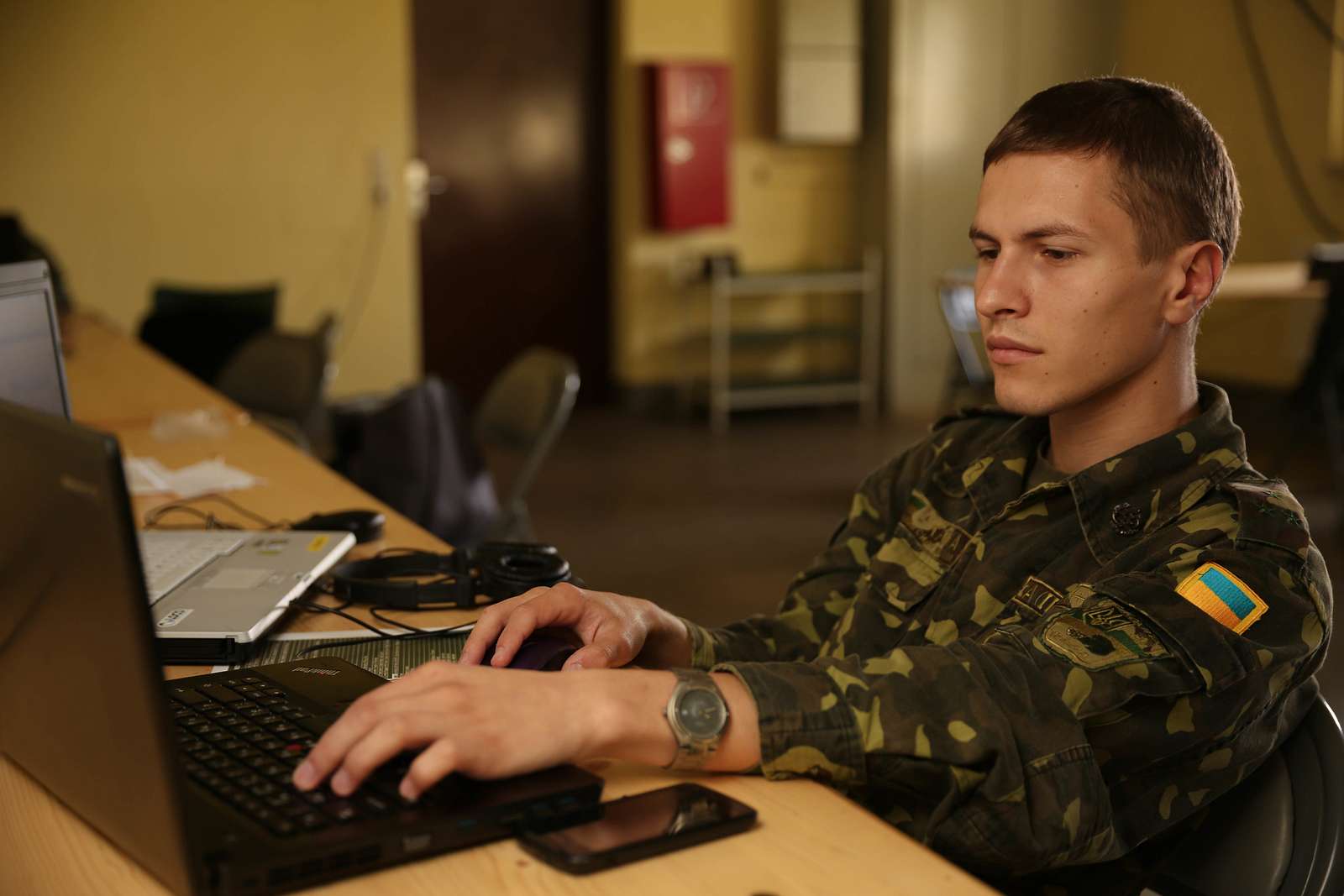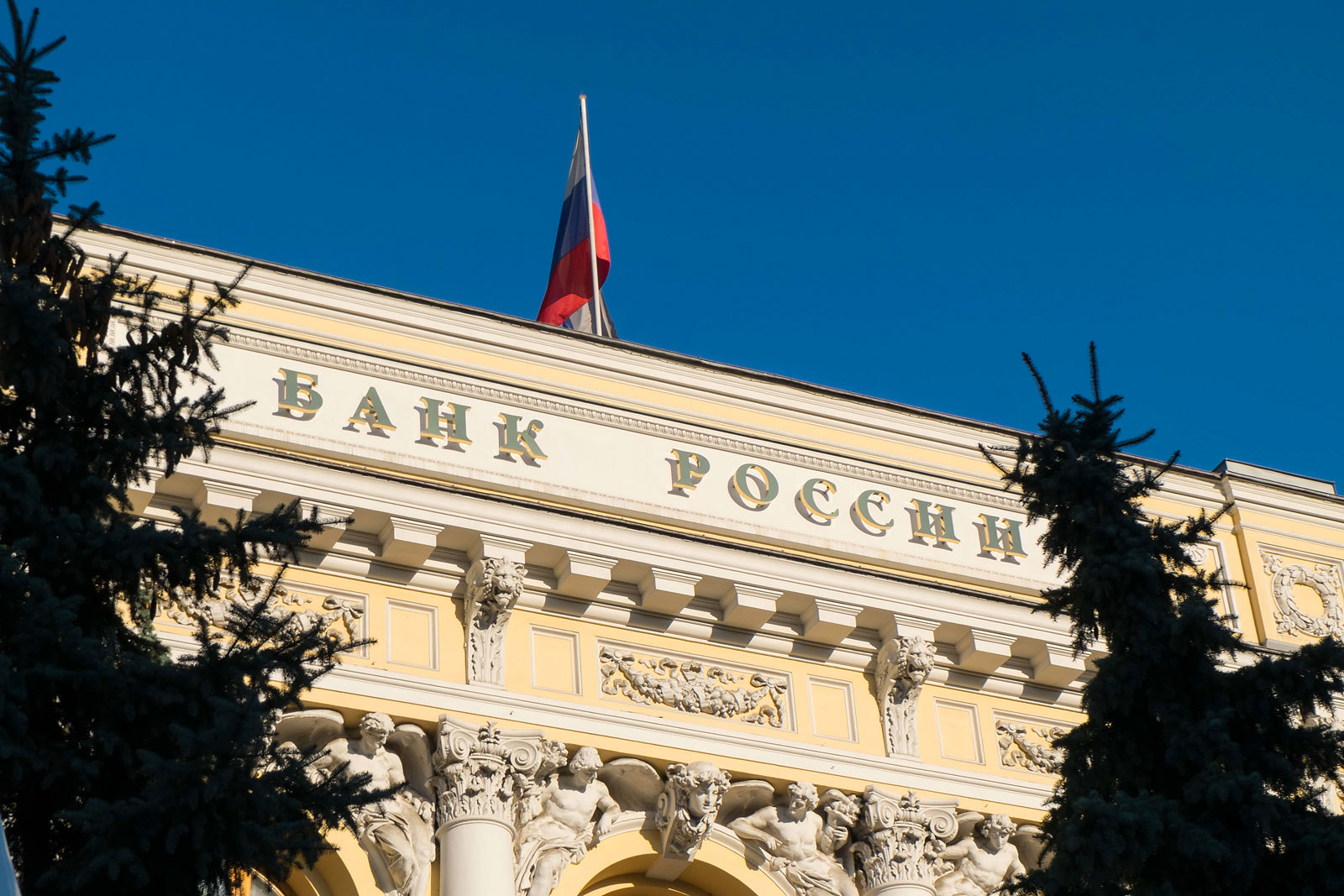Presidential Accountability for Capture and Kill Operations Under the PPG
I have now read through the newly-declassified PPG on direct actions, the so-called "Playbook" for drone strikes from May 2013.
Published by The Lawfare Institute
in Cooperation With

I have now read through the newly-declassified PPG on direct actions, the so-called "Playbook" for drone strikes from May 2013. I won't bother to summarize it, as Marty Lederman has already done so over at Just Security and Charlie Savage has done so at the New York Times.
As a general matter, I am in full agreement with Marty both that "For the most part, the PPG and other released documents do not reveal any major information that the government had not already disclosed" and that, "The principal value of the release is that it reveals the extraordinarily detailed and comprehensive procedural requirements the President and Congress have established for all uses of force, including capture operations, against terrorist targets outside the United States and areas of active hostilities. I can’t say for sure, but I suspect that there’s never been anything, in any nation, quite like the interagency and interbranch review reflected here. It is certainly leagues beyond what DOD is ordinarily required to do—in terms of interagency and congressional review and approval—when it uses force overseas."
One thing that caught my eye is that the process spelled out as to the personal attention of the President on operations is subtly different with respect to capture operations than it is with respect to lethal force operations. The difference, I think, is both valuable and telling.
The PPG, by most accounts, is a document about drone strikes, but as Marty notes, it's actually significantly broader than that. It deals with any "direct actions against terrorist targets located outside the United States and areas of active hostilities."
Section 2 spells out the "Approval Process for Certain Captures and the Long-Term Disposition of Certain Suspects."
Section 3 lays out "Policy Standard and Procedure for Designating Identified HVTs for Lethal Action."
The procedures in question are largely similar, but there are a few notable differences. Section 2.E (pp. 10-11), entitled "Presentation to the President and the Principal of the Nominating Agency," describes when the President needs to individually approve a capture operation. After the operating agency "nominates" (really weird, creepy term, by the way) a target for an operation to the Deputies committee for review, the Deputies consider the matter and then the "departments and agencies shall submit the final positions of their Principals within a timeframe consistent with operational needs." Then,
2.E.1 if the nominating agency, on behalf of its Principal, continues to support taking action, a DNSA shall inform the President of the views expressed by departments and agencies. As appropriate, the nomination shall be presented to the President for a decision or the nomination will be provided to the Principal of the appropriate operating agency for a decision, along with any views expressed by the President.
In other words, with respect to capture operations, the President allows himself to delegate the final decision as to whether to proceed to the relevant agency head. He can get involved as he wants to. He can be the decision-maker; he can provide views but leave the decision to the agency head, or he can punt.
But look now at Section 3.E, the analogous discussion in the section on lethal force operations. Here,
3.E.1 The Principal of the nominating agency may approve lethal action against the proposed individual [only] if: (1) the relevant Principals unanimously agree that lethal action should be taken against the proposed individual, and (2) the Principal of the nominating agency has notified the President through a DNSA of his intention to approve lethal action and has received notice from a DNSA that the president has been apprised of that intention. ...
In the absence of unanimity among the principals, the decision must be made by the President himself:
3.E.2 Nominations shall be presented to the President for decision, along with the views expressed by departments and agencies during the process, when (1) the proposed individual is a U.S. person, or (2) there is a lack of consensus among Principals regarding the nomination, but the Principal of the nominating agency continues to support approving the nomination.
The PPG on this point embodies a laudable sense of individual presidential accountability for strikes. The document is written in such a way that Obama is responsible for every death caused in lethal force operations either because his individually chosen heads of all of the relevant national security agencies agree unanimously on a course of action or because Obama has personally taken sides to resolve a dispute and has decided in favor of lethal action.
On this point, the PPG reinforces a point that Quinta Jurecic has made repeatedly about Obama's self-conception and self-presentation with respect to drone strikes—that is, that he wants us to see his moral anguish on the matter, that he wants to be individually involved and individually accountable for drone strikes:
the president appears to be intimately involved with the drone program, approving one by one the names of individuals to be targeted. His involvement stems from a desire to personally put to use the moral philosophy contained in Catholic philosophy on just war. “A student of writings on war by Augustine and Thomas Aquinas, he believes that he should take moral responsibility” for drone strikes, and furthermore believes that “his own judgment should be brought to bear on strikes,” [New York Times reporters Jo] Becker and [Scott] Shane write.
The reader is left with an image of President Obama as practical philosopher, alone in the Oval Office and puzzling over the legal, moral, and philosophical difficulties of killing.
The PPG has written this self-conception into policy. That which can be undone, a capture, the rules allow to happen beneath the President's notice (though not without his notification). On that which cannot be undone, however, Obama has institutionalized his anguish. Ultimately, of course, the President is accountable whether he anguishes or not, whether he individually decides or not. But I respect the policy here of requiring that the man in charge make the call in the presence of even one dissenter. It's a reminder of what it means to be a morally serious President.





